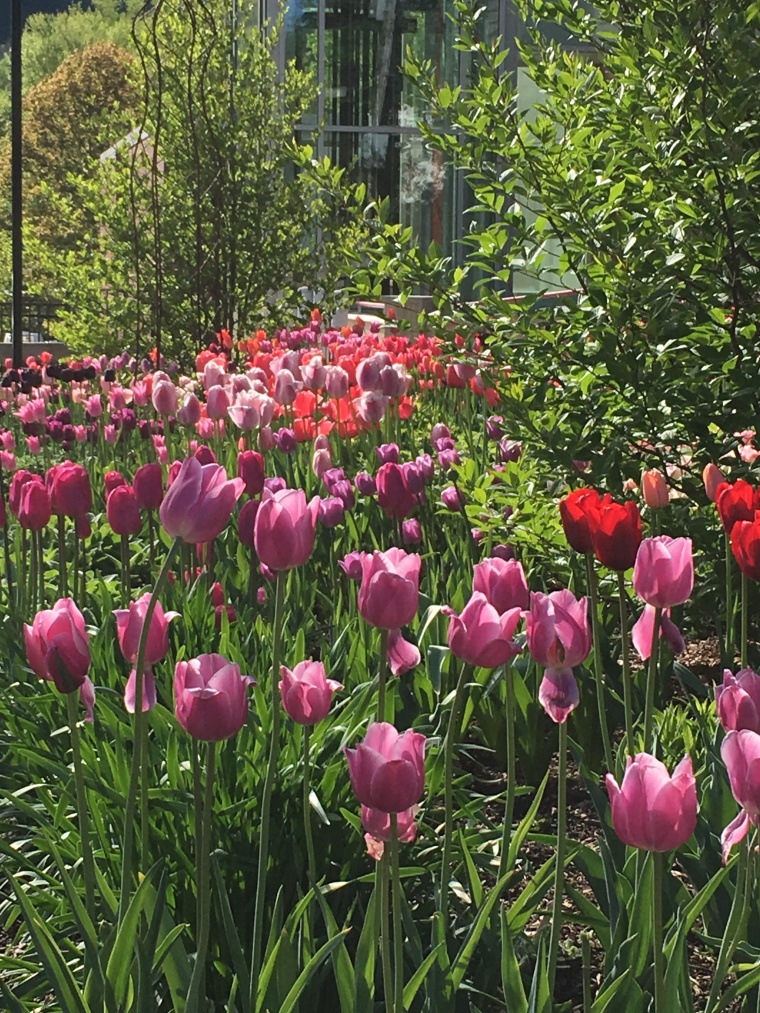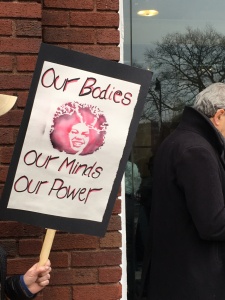“Nature deficit disorder describes the human costs of alienation from nature, among them: diminished use of senses, attention difficulties, and higher rates of physical and emotional illnesses.”
~ “The Last Child In the Woods” by Richard Louv
Do you play? How do you play? Do you spend time wandering in nature? Perhaps play is a memory from your childhood traded in for the responsibilities and busy-ness of adult living?
For the last four months I’ve had the gift of both witnessing and participating in the play of my grandchildren. From the time they wake until bedtime, they are involved in some form of play. Life is an endless stream of curiosity and exploration. As I watch them, I remember my own childhood of play with Pennsylvania farmland as my back yard.
Except for weekdays in school, I remember being outdoors soon after breakfast until lunch, then out again until dinner. In the summer we would be out again after dinner until just after dark. The only time we stayed indoors was if the weather prevented us or if we were sick.
With plentiful seasonal clothing, I learned to love being outdoors and using whatever was available as props for play. My siblings and I made up endless stories and games for fun. I remember knowing the names of trees, bushes, and flowers that grew around our neighborhood.
Now, I am grateful for the days, seasons, and years spent outdoors. I am grateful to my mother for sending us outdoors throughout my childhood. As an adult, I prefer the outdoors to being indoors. I prefer curiosity and creativity in nature over sitting in front of the television or my computer. Most days I look for ways to get outdoors to walk, stretch, work, and enjoy the changing weather and seasons.
In the last decade or more it has become increasingly rare to see children outdoors simply playing (even at playgrounds). Though I understand the dilemma parents must face now — fear of children being bullied, abducted, or our own over organized schedules preventing time for play, as well as the hours of homework children must do after school — I wonder if we are robbing our children of important play and exploration, without a schedule.
Today, the process of squelching play begins at younger ages (even in preschool). We exchange their natural curiosity of learning through play for standardized tests so they can succeed in the world of academia. Are we robbing them of something essential? I believe so.
Watching my grandchildren in their play, I see that play is their learning. Through their play they are acquiring knowledge and important skills they’ll need for life. I am excited by their enthusiasm, curiosity, and exuberance as they run, explore, use their imaginations, and ask endless questions about what surrounds them in nature. Being outdoors has seen them grow in so many ways. My almost seven year old granddaughter can take you on a nature tour, identifying flowers, plants, and trees she has learned. My grandson, who is just two, has improved his running style, digging skills, and strengthened his bond with his ‘always by his side’ dog. They have both honed their frisbee throwing, gardening, and ball throwing skills. As a family we have enjoyed hours of birdwatching while the seasons have changed from winter to summer. On rainy days or just before bed, we listen and learn the birdsongs of the birds we’ve seen. Walks in the woods now include listening as well as seeing to identify birds.
We’ve rescued birds, turtles, and toads from danger or injury. We’ve made a nature book to create pages with nature’s findings — butterfly wings, leaves, feathers, and treasures.
Richard Louv in his eye-opening book, “The Last Child In The Woods”, speaks about the decline of children being outdoors to hike, walk, fish, play, and garden. Science studies indicate that direct exposure to nature is essential for physical and emotional health. Louv has coined the term ‘nature deficit disorder’ and speaks of children missing out on important outdoor play and exploration. Florence Williams in her book, “The Nature Fix”, has followed scientists around the world who study the positive effects of being in nature. When we are outdoors in nature — the woods, the beach, or hiking mountains — we can lower blood pressure, calm our minds, and decrease the effects of daily stress. Nature allows us to be more creative, improve problem solving skills, and leads us back to our busy lives refreshed.
The fresh air, the changing seasons as well as the sunshine has helped my grandchildren grow physically, mentally, and emotionally. They have become more independent and resilient being in a natural setting. Each day they are filled with nature. They are not experiencing nature deficit disorder that is so common with children today.
For myself, I’ve re-learned to relax into play and exploration while letting some of my ‘responsible to do’ lists take a back seat. I enjoy watching butterflies land on flowers, hummingbirds drink from the feeders, and looking for toads.
Do you play? How do you play?














